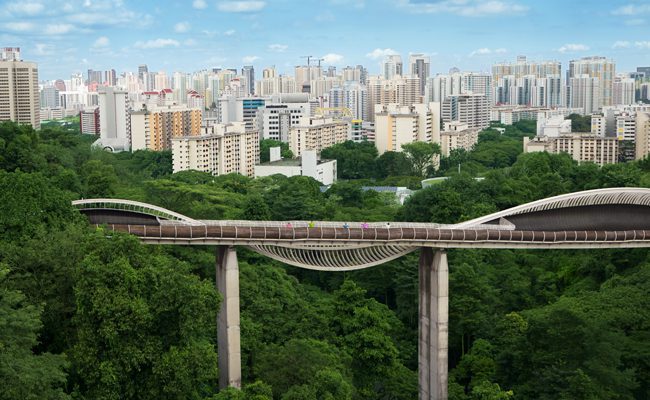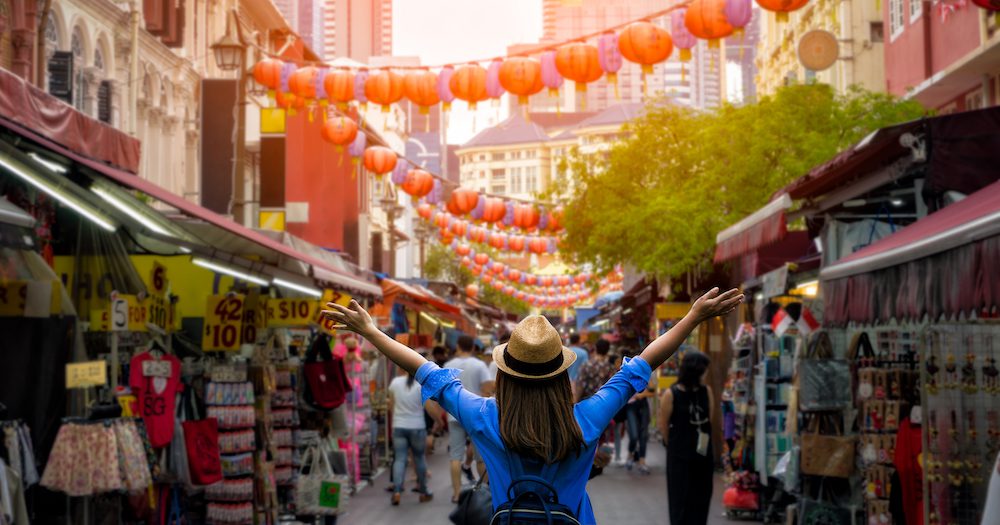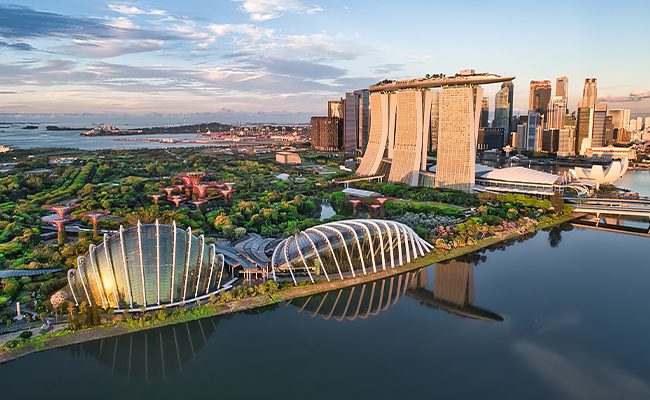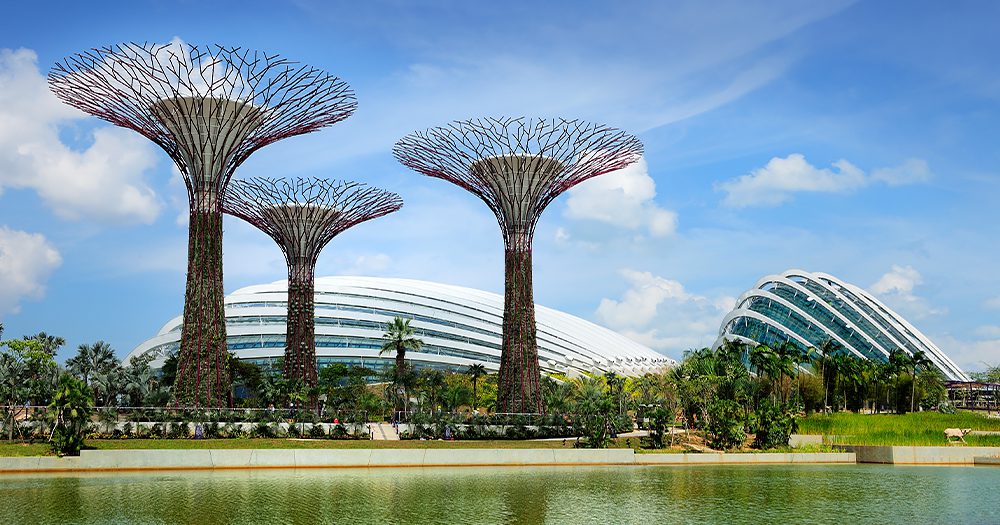Singapore has been certified as a sustainable destination based on the Global Sustainable Tourism Council (GSTC)’s Destination Criteria after being the first to apply for the certification process on a country level.
Ticking all the boxes on global standards for sustainable travel and tourism, Singapore was certified by the GSTC based on its core sustainable management, socio-economic, cultural and environmental pillars.
Keith Tan, Chief Executive Singapore Tourism Board (STB), said, “We are proud to receive this certification, which reflects Singapore’s commitment to the Singapore Green Plan 2030 and becoming a City in Nature, where large experiences come with a small footprint. Being certified is just the beginning of our journey.
“Tourism businesses must do more to internalise sustainability as part of their offerings so that they can contribute to making Singapore greener and more liveable. Our vision is to become one of the world’s most sustainable urban destinations, and we now know we are on the right track.”
STB says it will continue to engage its partners, build on the destination’s existing strengths and ramp up efforts in areas of improvement across its four sustainability performance pillars;
1. Sustainable management

Singapore is implementing multi-year strategies and action plans on sustainable management, such as the Singapore Green Plan 2030.
Announced in 2021, the Green Plan charts Singapore’s ambitions and targets over the next ten years and strengthens its commitments under the UN’s 2030 Sustainable Development Agenda and Paris Agreement with the aim of achieving net zero emissions by 2050.
For example, STB worked closely with industry associations to co-develop Hotel and MICE Sustainability Roadmaps, which set out clear targets for tourism businesses.
2. Socio-economic sustainability
Singapore also demonstrated efforts to maximise the social and economic benefits of tourism for locals.
These include supporting and spotlighting local entrepreneurs, providing a safe and secure working environment, as well as supporting career opportunities and training in tourism.
The Made With Passion (MWP) initiative also spotlights and promotes over 100 local heritage brands globally and serves to celebrate, as well as encourage, local brands to follow, grow, and live their passions.
On the jobs front, STB’s Tourism Careers Hub was established in January 2022 to facilitate job matching for locals, upskill workers to meet evolving demands, and drive business transformation efforts.
3. Cultural sustainability

Singapore has various initiatives to conserve and enhance its tangible and intangible heritage. For example, there are legislation and conservation guidelines to protect more than 7,200 conserved buildings, entire historical districts, and national monuments.
The Singapore Botanic Gardens was named a UNESCO World Heritage Site in 2015, making it the first and only tropical botanic garden in Asia on UNESCO’s World Heritage List.
Hawker Culture in Singapore was also successfully inscribed as Singapore’s first element on the UNESCO Representative List of the Intangible Cultural Heritage of Humanity on 16 Dec 2020.
To celebrate Singapore’s heritage, STB supports visitor experiences that showcase the country’s diverse cultures, such as annual light-ups and celebrations in cultural precincts.
These include the Chinatown Mid-Autumn Festival Celebration, Deepavali celebrations, and the Hari Raya Light-Up.
4. Environmental sustainability

Singapore has implemented a range of measures to enhance greenery, strengthen ecological connectivity between green spaces, and conserve its biodiversity.
The OneMillionTrees movement, for example, launched in 2020, aims to plant one million additional trees across Singapore by 2030 with the help of the community, and the target is on its way to being met.
Singapore enhanced its international climate commitment to achieve net zero emissions by 2050. It has committed to green 80 per cent of buildings by Gross Floor Area by 2030 and has already done so for over half of its buildings to date.
In 2020, the Sands Expo and Convention Centre at the Marina Bay Sands became the first carbon-neutral MICE venue in Singapore. Gardens by the Bay, which houses over 1.5 million plants, is a living embodiment of the ‘City in Nature’ vision.
Across Singapore, tour operators are also offering sustainability-focused tours showcasing the rich biodiversity and its journey with water, power, waste management, and local culture.
Randy Durband, Chief Executive Officer Global Sustainable Tourism Council (GSTC), said, “The commitment from Singapore’s tourism sector to support their national Singapore Green Plan 2030 is apparent based on their holistic approach to sustainable tourism.
“We see first-hand some of their efforts to engage key subsectors of tourism in meaningful ways. Gaining destination certification requires a level of commitment and a holistic approach. We commend them and are pleased to support their efforts for continuous improvement.”
For more, head to: www.stb.gov.sg or www.visitsingapore.com






